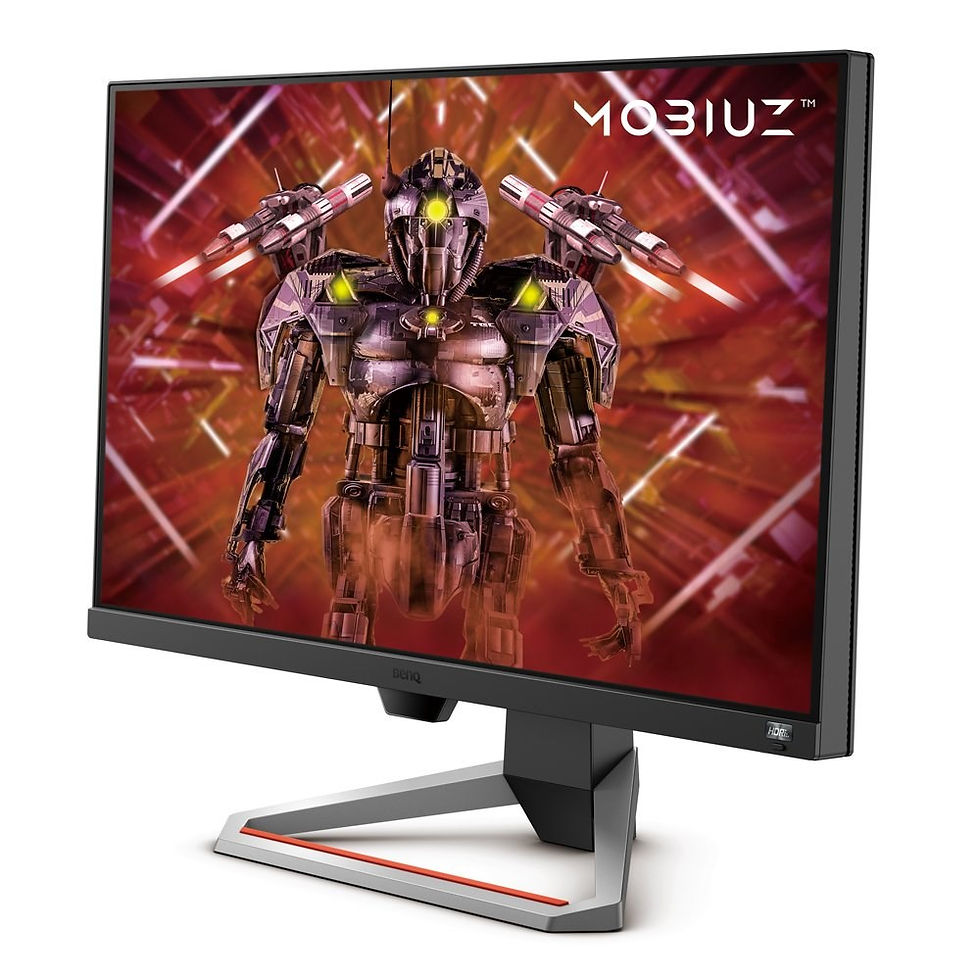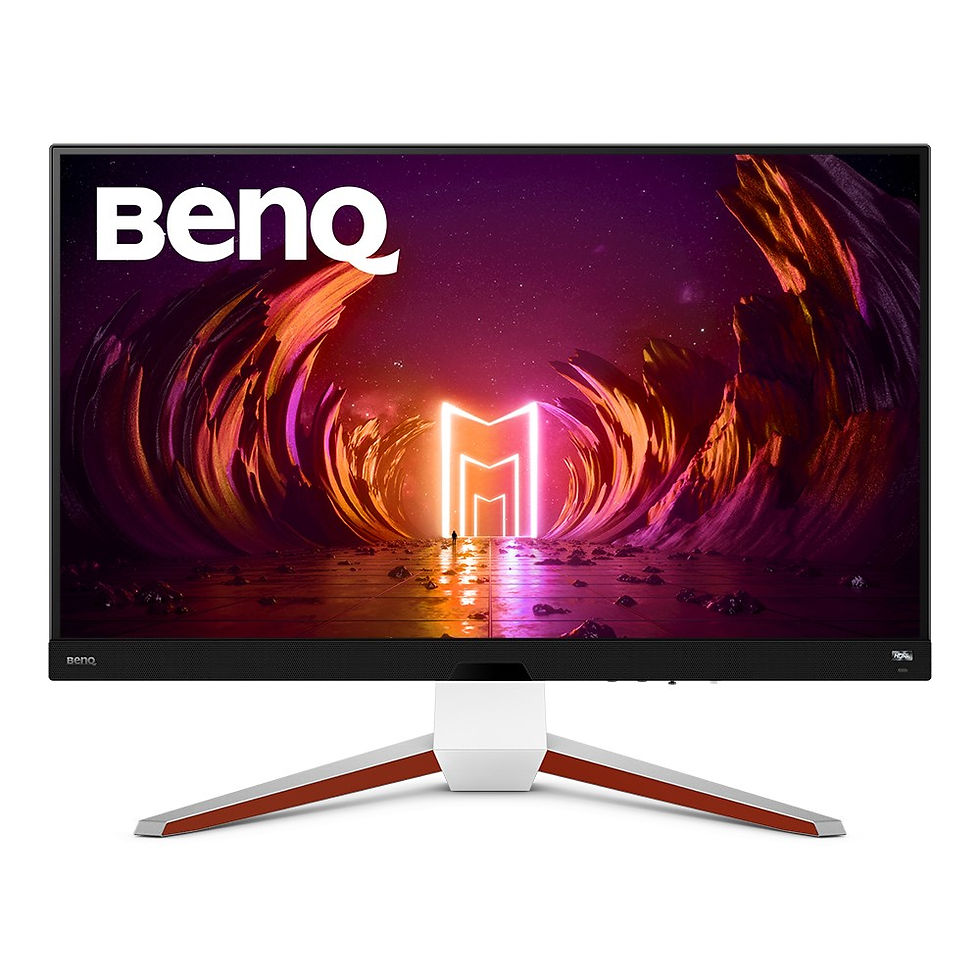Surveiller les bras
L'utilisation d'un bras de moniteur est l'un des aspects ergonomiques importants du lieu de travail. Avec nos bras de moniteur, vous êtes libre de placer votre écran où et comment vous en avez besoin pour un travail efficace. Le bras du moniteur permet d'économiser de l'espace sur votre bureau et apporte de la fonctionnalité.
How to Choose the Right Monitor Arm


The right monitor arm can make your desk feel bigger and your workday easier. Here’s a quick and simple guide to help you understand what matters when choosing one.
1. Check your monitor’s size and weight
The first thing to look at is whether the arm can safely support your monitor. Every arm has a weight range, so just check the specs of your screen. Lightweight office monitors fit almost any arm, while larger 32–34" or ultrawide screens usually need a stronger gas-spring model. If the monitor is too heavy or too big for the arm, it won’t stay in place properly — so it’s worth choosing a model with a bit of extra strength.
2. Think about how many screens you actually use
If you work from a single laptop + monitor setup, a single arm is more than enough.
For two screens, a dual arm makes your desk cleaner and helps you keep both displays at the same height. Triple arms are mostly for trading, coding, or creative work where you need everything visible at once. Pick the layout that matches your actual workflow — it makes a bigger difference than people expect.
3. Gas-spring or mechanical — what’s the difference?
Gas-spring arms move very smoothly and let you adjust the height with just one hand. They’re perfect for people who often switch between sitting and standing or need to reposition the screen during the day.
Mechanical arms use simple fixed joints — they work well, cost less, and are great if you rarely adjust your monitor. Both options are reliable; the right choice depends on how much flexibility you want.
4. Make sure your monitor supports VESA mounting
Most modern monitors use a standard VESA pattern (usually 75×75 or 100×100 mm).
If your screen doesn’t have visible screw holes, check the product page — some manufacturers include an adapter, but if not, you’ll need one separately. Once the VESA size matches the arm, installation is usually quick and easy.
5. Look for good adjustment options
A comfortable setup should let you tilt, swivel, rotate, and move your monitor without effort. This helps reduce neck tension and lets you fine-tune the screen to your posture.
If you’re tall, or if your desk is high or low, look for an arm with a wider height range — it makes a noticeable difference over long work sessions.
6. Using an ultrawide or curved monitor?
Ultrawide screens look fantastic but they’re heavier and have a deeper curve.
Choose a model specifically rated for ultrawides so the screen stays stable and doesn’t sag on one side. A strong gas-spring arm is usually the best match, especially for 34–49" curved monitors.
Summary
The best monitor arm is the one that fits your monitor’s weight, your desk setup, and the way you like to work. A good arm keeps your screen at the perfect height, reduces strain, and frees up space — so your whole workspace feels cleaner and more comfortable.
Take a moment to look through the options and pick the one that suits your daily routine.
Vous aimerez peut-être aussi
FAQ – Monitors arms
1. Will any monitor fit on a monitor arm?
Most modern monitors work with monitor arms, but not all of them.
As long as your screen has a VESA mount (usually 75×75 or 100×100 mm) and its weight is within the arm’s supported range, everything will fit without problems. If the monitor doesn’t have VESA holes, you may need an adapter.
3. Is a gas-spring arm worth it compared to a mechanical one?
If you adjust your screen often, a gas-spring arm feels much better — it moves smoothly and stays exactly where you put it.
Mechanical arms work well too, but they’re better when you rarely change the monitor’s height or position.
5. How high should my monitor be?
A good general rule: the top of the screen should sit roughly at eye level when you sit normally.
If you switch between sitting and standing, a gas-spring arm makes this much easier — you can adjust the height with one hand.
7. Do monitor arms help reduce neck and back pain?
For many people — yes.
Being able to position the screen at the right height and angle helps keep your posture natural, especially during long work sessions. It reduces the tendency to lean forward or bend your neck, which often causes discomfort.
2. Can a monitor arm hold an ultrawide or curved monitor?
Yes, but only if the arm is strong enough.
Ultrawide and curved screens are heavier, so it’s important to choose an arm specifically rated for larger monitors. A sturdy gas-spring arm is usually the best match — it keeps the screen stable and prevents sagging.
4. Will a monitor arm damage my desk?
No, as long as the desk is solid and the clamp is installed correctly.
Most arms use a pressure clamp that doesn’t leave marks. If your desk is very soft or fragile, using the included grommet mount (a hole-through option) can be safer.
6. Can I use a monitor arm with a glass desk?
Thin or fully-glass desks usually aren’t recommended for clamp mounting because the pressure could crack the surface.
If your desk has a metal frame under the glass, or supports a grommet mount, then a monitor arm can still be used safely.
8. What if my monitor is heavier than the arm’s limit?
Then the arm may slowly sink or fail to stay in position.
It’s always better to choose an arm with a higher weight capacity than your monitor — this ensures stability and extends the life of the arm.















































































